Achieving End-to-End Wireless Coverage Through Network Switch and Wireless Access Point Deployment
Upgrading an older building with new switches, a 10 GbE backbone, and optimized wireless access points, delivering fast, secure, and reliable Wi-Fi throughout the entire office.

Introduction
In today’s highly connected world, seamless wireless connectivity is not just a convenience but a necessity. Organizations depend on robust, reliable, and high-performance wireless networks to support daily operations, enable collaboration, and empower innovation. This case study explores the comprehensive process of designing and deploying network switches and wireless access points (APs) to provide end-to-end wireless coverage in a old building.
Project Background
The building in question is a three-story office spanning approximately 12,000 square feet. The network has undergone several upgrades with each one looking towards the future. The latest update involving relacing unsupported switches with new switches and also adding a 10GbE backbone. Previous versions already had fiber run to closets where a copper run was not possible due to distance. In addition Wireless Access Points were already installed to provide coverage to the entire building.
Initial Assessment & Planning
- Site Survey: With an old building, it’s hard to know if there are things such as metal lathe behind plaster that will block a wifi signal so temporary Access Points were installed to check coverage. APs also had to be moved around to get around things like metal book cases that block wifi. The connectors on the multi mode fiber were checked to make sure SFP adapters were available for that configuration.
- Requirements Gathering: The previous Unifi install gave us detailed traffic information so that we knew a 10GbE backbone would support their needs for the next 3-5 years.
- Technology Selection: After evaluating several vendors, we selected enterprise-grade gigabit network switches with Power over Ethernet (PoE).
Design and Network Architecture
- Wired Backbone: The backbone network was designed to integrate core and distribution switches with 10 Gbps uplinks. DAC cables were selected for switch to switch connectivity for the best cost to performance ratio.
- PoE Integration: To make office moves easy, PoE+ switches were chosen, enabling staff to move their phone and computer to a new office and plug in wherever there is a network jack and get a connection without having to call a tech to move patch cables around.
Implementation Process
- Cabling and Switch Installation: Existing cable was reused, but time was taken to organize patch cables. Due to the topology changes and the VLAN mapping, the switches had to be replaced all at once. A maintenance window was scheduled and the core switches were replaced and tested first. Once they were online, the rest of the switches were installed.
- Wireless Access Point Deployment: 6 WiFi APs were already mounted throughout the building. Their firmware was up to date and supported, so they continued to be used.
- Powering Up: PoE+ will make future moves easy as well as allowing future PoE+ devices to be added.
- Configuration and Security: VLANs were configured to segment guest traffic from internal resources, and firewall rules were applied to protect sensitive systems.
Outcomes and Benefits
- Performance Gains: Users now experience faster connection speeds, reduced latency, and seamless roaming between APs during meetings and as they move around the facility.
- Scalability: The prior installation of fiber paid off with this install. In addition to running fiber, a pull string was left in the innerduct that the fiber was run in so that if a new technology comes out, it can be easily pulled through without having to remove ceiling tiles and run cable through the entire building.
- Enhanced Security: The old switches were no longer supported by the manufacturer and did not have firmware updates available for security issues. The new switches can easily have firmware updates scheduled for off hours as they are released. In addition with all the network devices connecting to the same controller firmware updates are easy to roll out to keep things patched up to date.
Lessons Learned
- The fiber run in a previous project paid off as it is now being used for 10x the speed it was originally installed for.
- Previous experience led us to install the core switches first switch and check to make sure the VLANs were passing traffic end to end. They did right out of the gate, and this made for a quick swap.
Conclusion
The previous forethought made this upgrade an easy one with a quick payback. The wireless system is solid and now the wired network has faster speeds and security updates are now easier with everything being managed by the same controller.
Visual Showcase
Explore our collection of impactful visuals and diagrams.
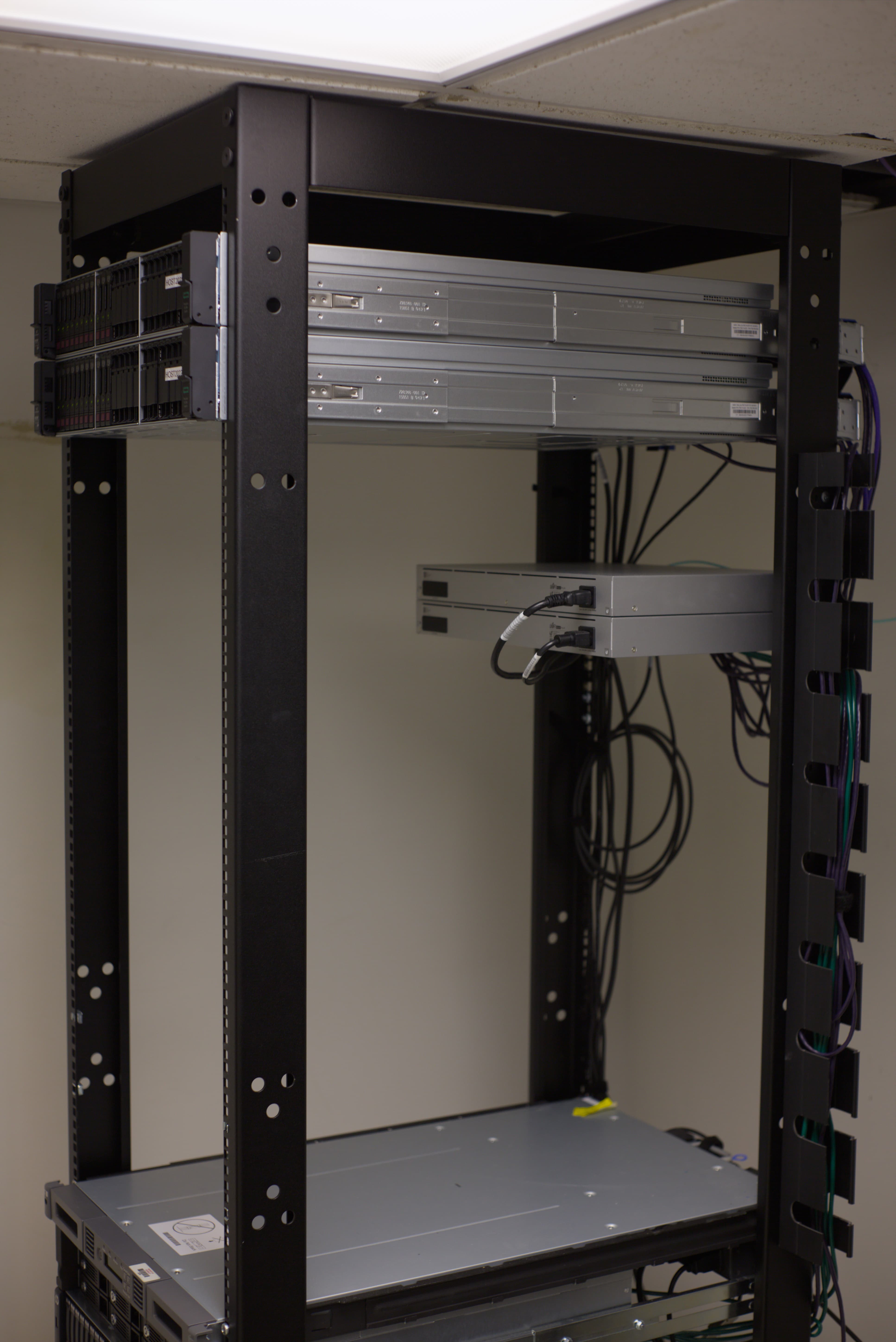
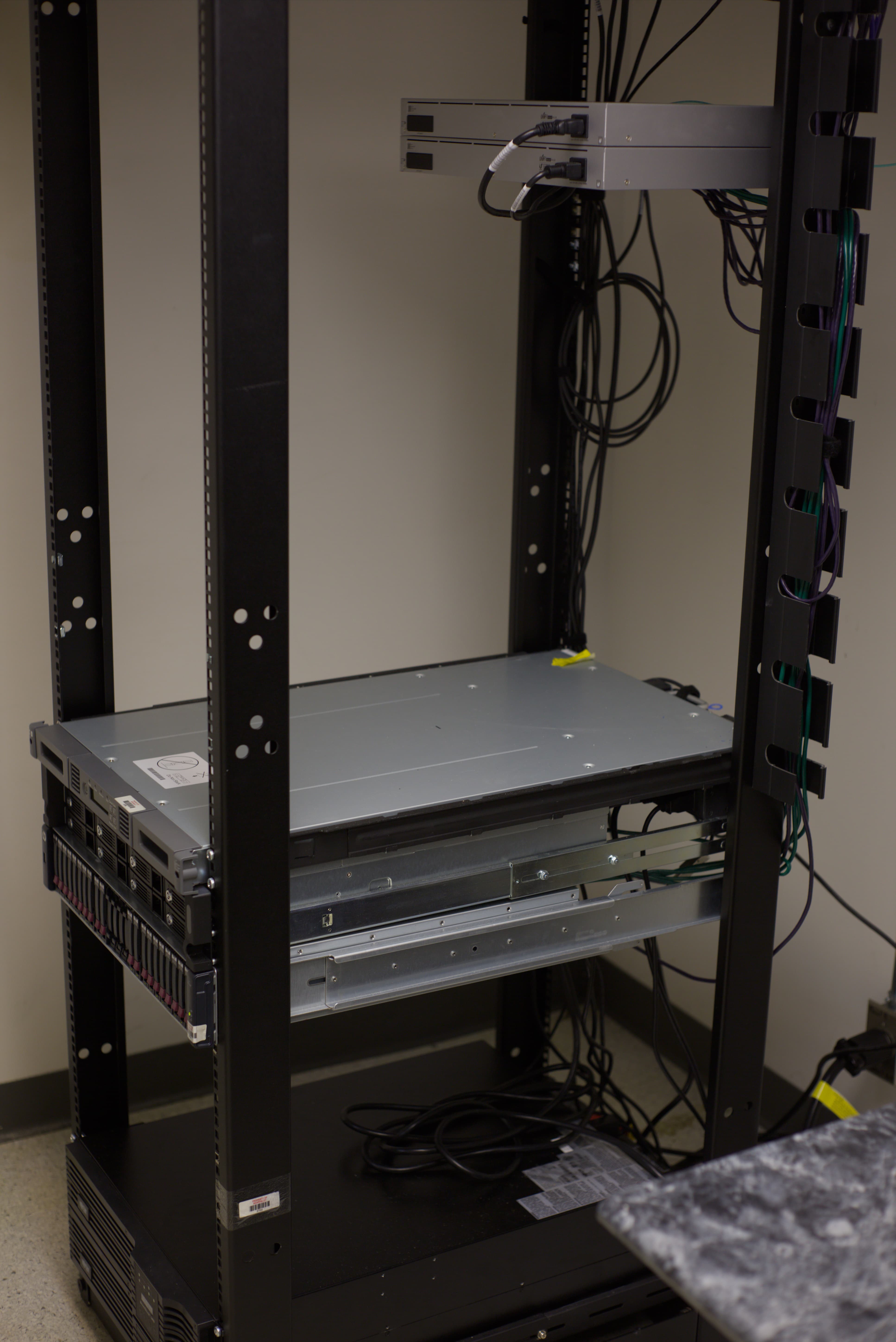


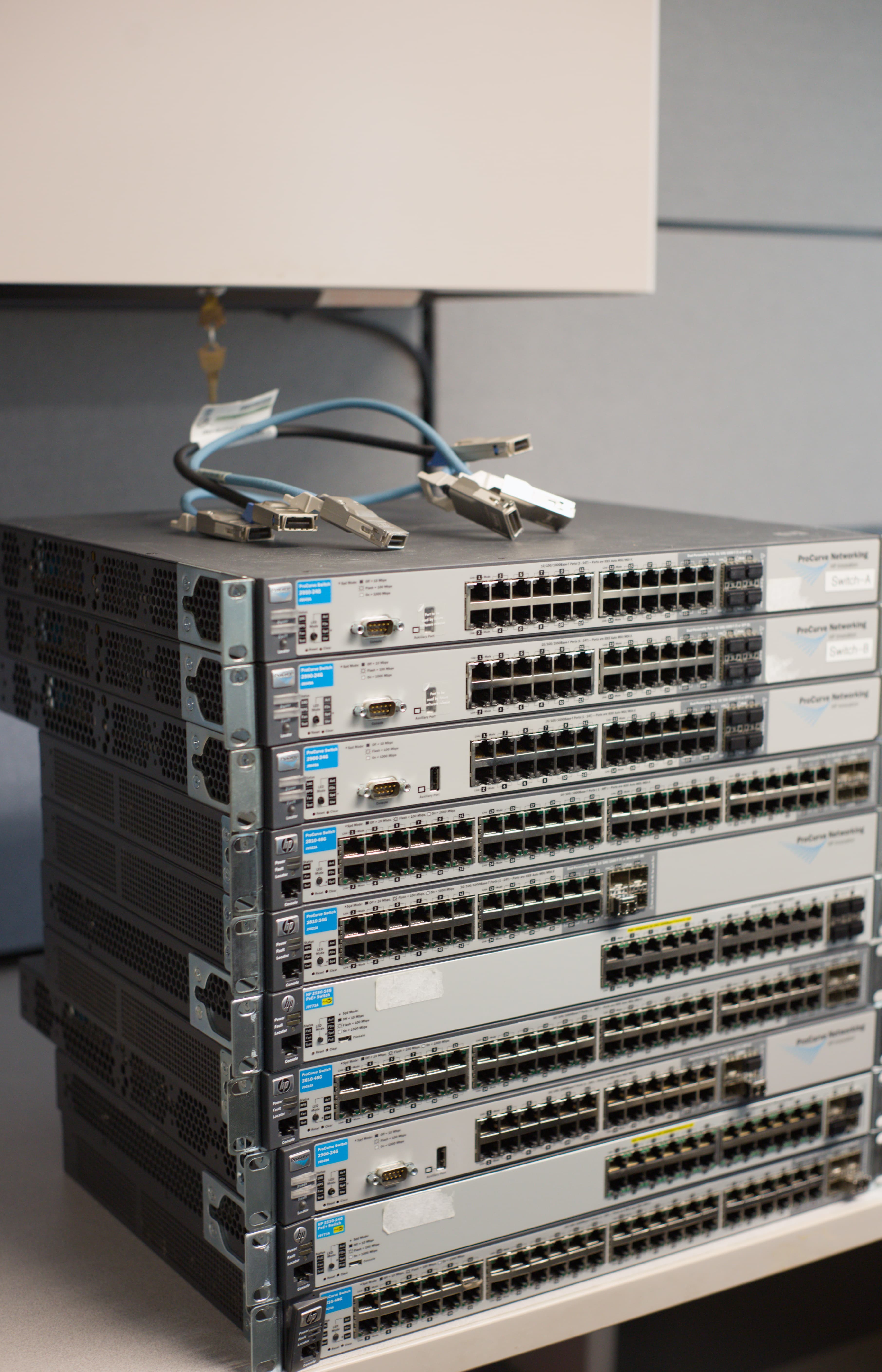
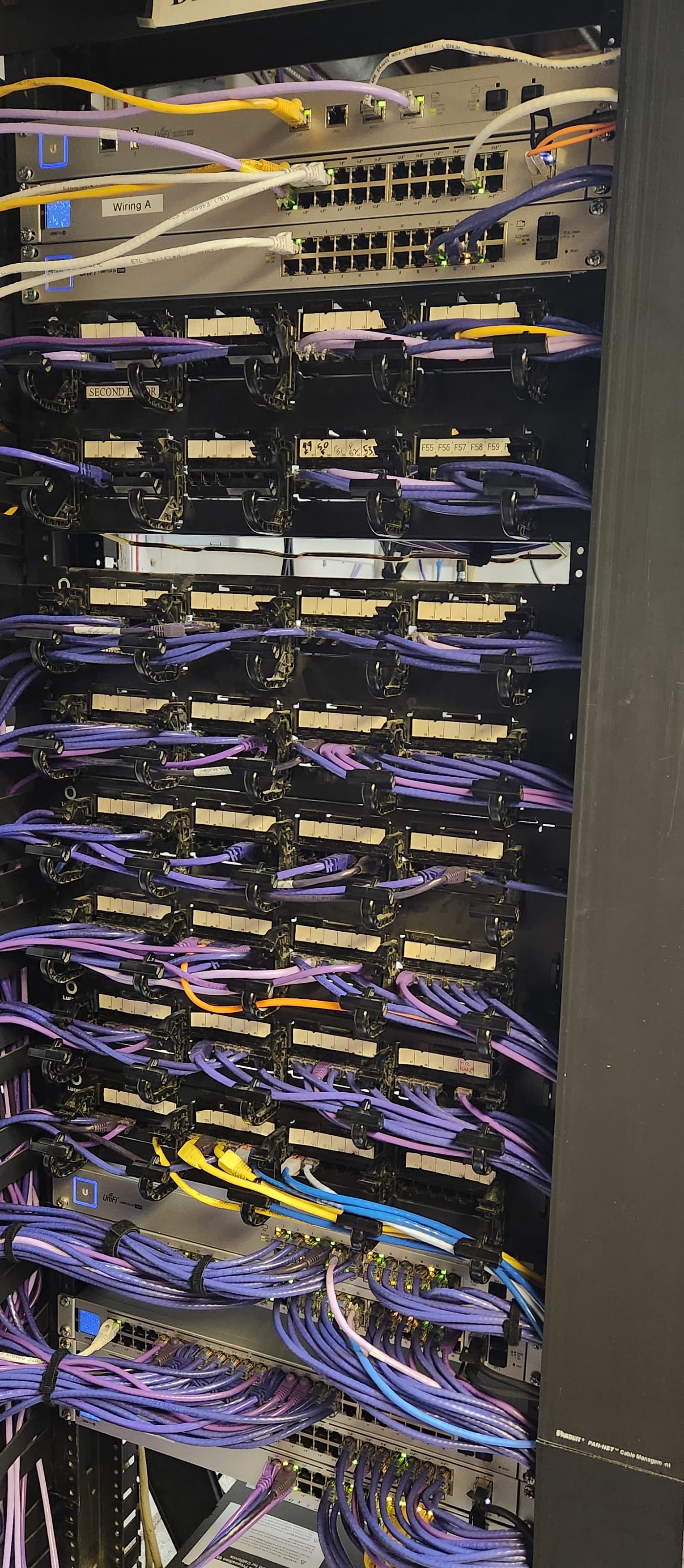
Ready to Get Started? Let's Talk About Your IT.
Schedule a time to talk with our owner, Mike Davis. No pressure or obligations — just a conversation about your IT needs & how we can help.
.avif)

.avif)
.avif)